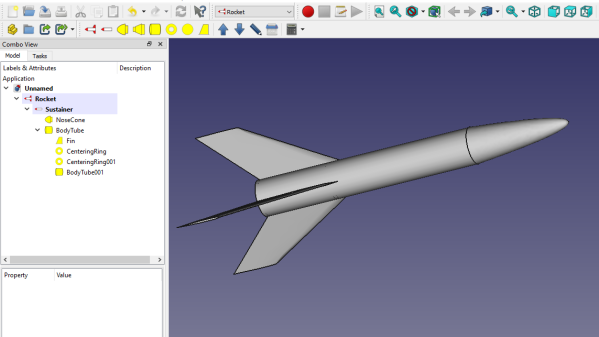This mass manufacturer movement towards electric cars is one thing, but what about sustainability on the plastic part production line? Ford and HP have teamed up to turn used 3D printed parts and powders into pellets that will be fodder for injection-molded parts — specifically the fuel-line clips for Super Duty F250 trucks.
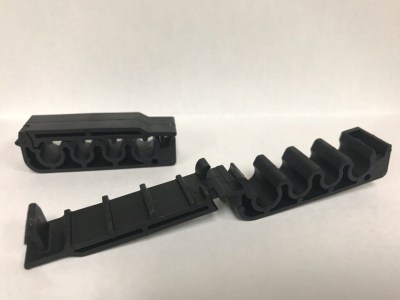
According to Ford’s press release, their goal is to reach 100% sustainable materials in all their vehicles, not just the diesel-drinking Super Duty. Their research team found ten other Fords whose existing fuel-line clips could instead be made sustainably, and the company plans to implement the recycled plastic clips on all future models.
There are all sorts of positives at play here: the recycled clips cost 10% less to make and end up weighing 7% less than traditionally-made clips, all the while managing to be more chemical and moisture resistant.
And so much plastic will be kept out of landfills, especially once this idea takes off and more manufacturers get involved with HP or form other partnerships. One of the sources of Ford’s plastic is Smile Direct Club, which has 60 printers cranking out over 40,000 dental aligners every day.
There’s more than one way to combine 3D printing and sustainability. Did someone say fungal sound absorbers?
[Images via Ford]


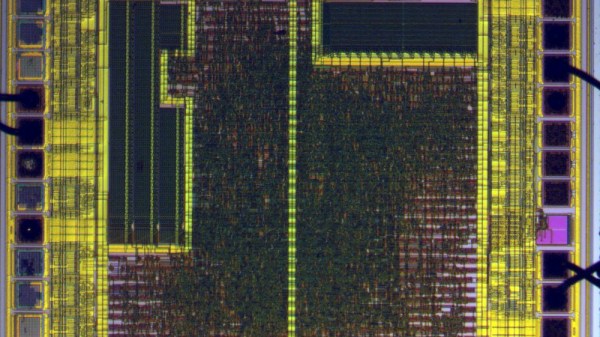
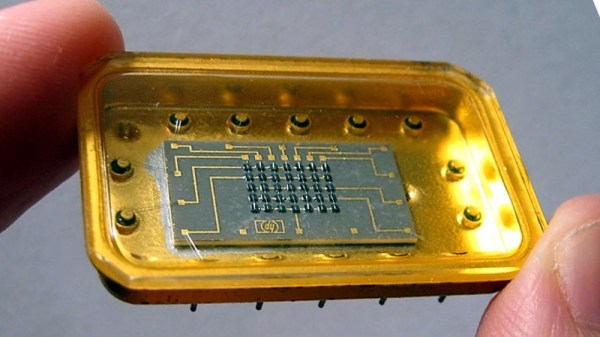
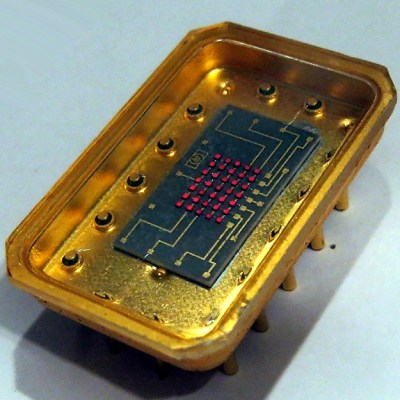

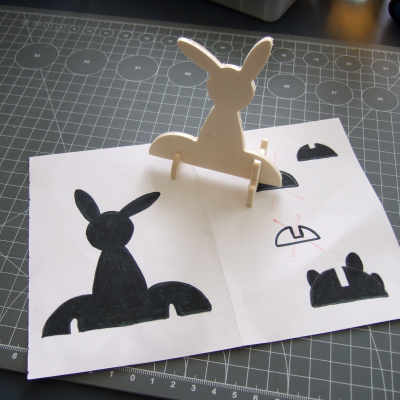
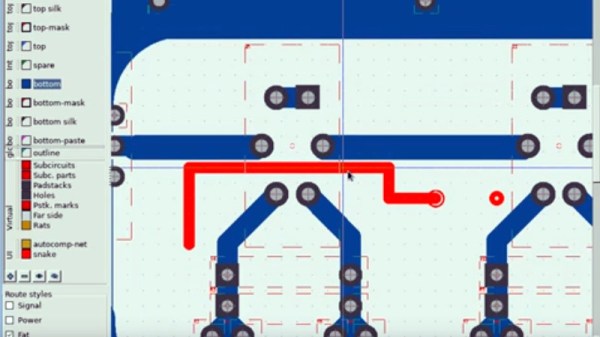
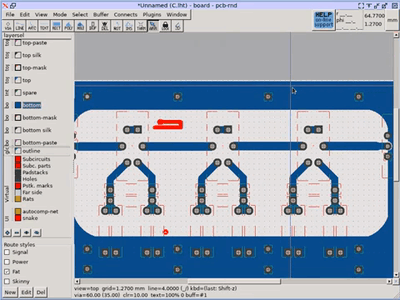 The software in question is
The software in question is 
